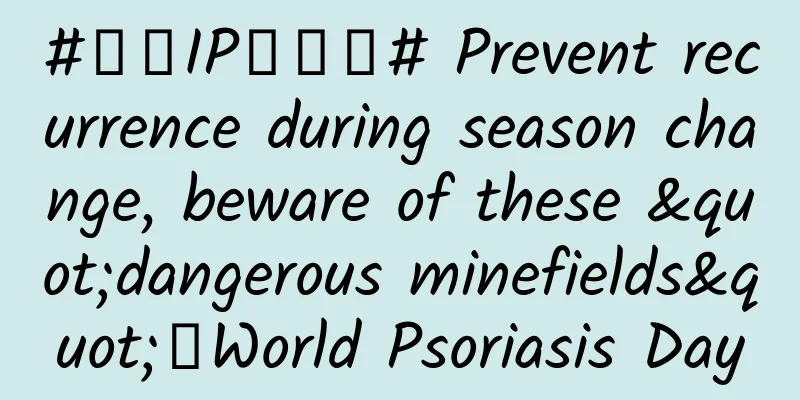Will the smallest robot be smaller than an ant?

|
In Journey to the West, in order to force Princess Iron Fan to hand over the palm-leaf fan, Sun Wukong transformed himself into a bug and drilled into her stomach, jumping up and down, causing so much pain that Princess Iron Fan had to surrender. Can a human become so small? Of course not, but a robot can! Not only can they be as small as bugs, nanorobots can even be much smaller than ants. Today, the smallest robots we can make are only a few hundred nanometers in length. How small are a few hundred nanometers? A third-grade student is about 1.3 meters tall, and the average diameter of the earth is about 13,000,000 meters. If the nanorobot and the student are enlarged at the same time, when the nanorobot is enlarged to the size of the student, the student's height will be close to the diameter of the earth! What can such a small robot be used for? There are so many uses! Nanorobots can go to many places that humans cannot go, such as getting into our bodies. However, they don’t go in to do bad things! Doctors put the medicine on the nanorobot through special materials (such as hydrogel), and the nanorobot can deliver the medicine to the injured part of the human body like a courier, thereby providing treatment. Nanorobots can not only be "couriers", they are also "little doctors". They can act like small electric drills in the human body to remove "bad" cells. You might say, such a small robot is powerful, but won’t it disappear without a trace if a gust of wind blows? This is where the magic of nanorobots comes in! Although they are small, they are very independent and have strong wills. They will not just follow the crowd but can control their direction. How do they do this? It’s simple, just feed them! Do nanorobots also "eat" food? What do they "eat"? To understand this, we must first talk about the materials used to prepare nanorobots. Nanorobots are usually made of two or more different materials, including metal materials (platinum, etc.), biomedical materials (hydrogels, etc.), magnetic materials (iron, etc.), thermodeformable materials (vanadium dioxide, etc.), photodeformable materials (liquid crystal, etc.), etc. Depending on the materials used in their preparation, scientists can feed nanorobots different "foods" to allow them to control their direction. For example, if we feed a magnetic nanorobot a magnet, it will move in the direction of the magnet. By controlling the position of the magnet, we can control the direction of the robot! Nanorobots also "eat" a lot of other "foods", such as light, electricity, heat, liquids, sound waves, chemical fuels, etc. Although nanorobots can move under the "enticement" of "food", more than a decade ago, they moved relatively slowly and had only two "appearances": linear and spherical. How can we make nanorobots move faster? Dr. Mei Yongfeng, who was in Germany at the time, was determined to solve this problem. "I have never been able to resist new things." Mei Yongfeng began to try and find solutions. One day in 2008, Mei Yongfeng suddenly thought: Rockets can fly into the sky by spitting fire, so can nanorobots also be propelled by internal "fuel" like rockets? Mei Yongfeng and his colleagues started to conduct experiments again and again. However, it would take more than one or two days to prepare a new nanorobot. “A journey of a hundred miles begins with a single step”, Mei Yongfeng encouraged himself like this whenever he encountered difficulties. “The closer we are to success, the more difficult it will be, and the more we must persevere to the end,” he said. Finally, Mei Yongfeng and his partners found that by using platinum catalyst materials to "eat" hydrogen peroxide fuel, oxygen "bubbles" could be ejected, and these "bubbles" could propel the nanorobot forward. In this way, the world's first nano "rocket" robot appeared, directly increasing the running speed of the nanorobot by 5 times! With this invention, Mei Yongfeng could have lived a comfortable life in Germany, but he returned to his homeland and worked with his team members to research new nanorobots for the country. Mei Yongfeng is full of curiosity and can always get inspiration from his surroundings and nature. In 2021, his attention was attracted by the water strider floating on the water surface. As a result, the world's first "water-floating" micro robot that does not need "food" and can move on the water surface by itself appeared in their laboratory. Put this robot in water, and it can move by itself as soon as it absorbs water. What's more amazing is that it stops moving when it is full, and can move again after it dries up. It repeats this process over and over again, which is really amazing. With it, scientists can check water quality more conveniently, and doctors can deliver drugs to more complex parts of the human body. Nanorobots have only been around for 20 years. What will the nanorobots of the future look like? I hope that by then, you who read this article can also participate and witness the "ever-changing" nanorobots together! Source: Chongqing Industry-University-Research Cooperation Promotion Association Author: Pan Fusheng, Academician of the Chinese Academy of Engineering, Professor of Chongqing University, Chairman of Chongqing Association for Science and Technology Review expert: Mao Yi, chief expert of Chongqing Science Communication Expert Group, professor of Chongqing Electronic Engineering Vocational College Statement: Except for original content and special notes, some pictures are from the Internet. They are not for commercial purposes and are only used as popular science materials. The copyright belongs to the original authors. If there is any infringement, please contact us to delete them. |
<<: These strange "pretenders" around us are actually very useful
>>: Does clean energy have bugs? Too much can’t be stored! Technology coupling may be “fixed”
Recommend
Mid-Autumn Festival brand marketing planning program!
For ordinary people, Mid-Autumn Festival is a goo...
How to use data to optimize channel delivery and achieve user growth?
With the disappearance of the new population divi...
NIO delivered 2,528 vehicles in November, more than half of the Q3 quarter, of which 2,067 were ES6
Recently, NIO announced that it delivered a total...
Interaction, performance, scene, copywriting, the core of operation is to make it happen naturally
This article uses the actual experience of "...
Growth Hacker Methodology: How to find growth points?
Every team is pursuing growth, but how is growth ...
Taking stock of the "history of the operational war between Tik Tok and Kuaishou"!
How do you evaluate the operation of Douyin ? Thi...
From brainstorming to implementation, how should we operate and promote events?
A senior who works in operations said that event ...
Do animals sleep well? They sleep standing up, hanging upside down, with their eyes open...
Sleeping is an indispensable behavior for us huma...
Lenovo and Hisense are pressing LeTV, and the smart TV war is heating up
The fierce competition in the smart TV market has...
How to do a good job of promotion and traffic generation? Here are 3 tips for you!
In the new consumption era, pure traffic diversio...
iQIYI APP update: supports downloading 4K HDR videos
Today, the new version of iQiyi APP is available ...
There are only a few APP downloads per day, how to deal with it
If your app has been launched and follows the fol...
How to create a WeChat mini program? How much does it cost to create one in the mini program mall?
It has been more than 4 years since the WeChat Mi...









